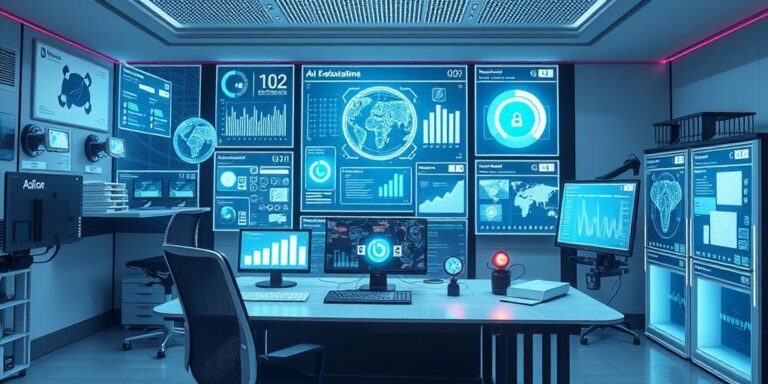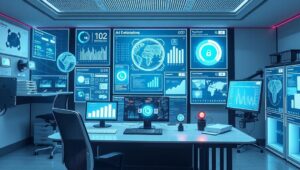Personalized Computing Environments Adapting to You (2027)
In 2027, the concept of a static computing environment is largely a relic of the past. Today’s computing experiences are deeply personalized, adapting in real-time to individual user needs, preferences, and contexts. This transformation is driven by advancements in artificial intelligence, machine learning, and ubiquitous sensing technologies.
Core Technologies Enabling Personalization
Several key technologies underpin the shift toward personalized computing:
- AI-Driven Adaptation: AI algorithms analyze user behavior, learning patterns and preferences to dynamically adjust the computing environment. This includes optimizing application layouts, suggesting relevant content, and automating repetitive tasks.
- Contextual Awareness: Devices are equipped with sensors that gather data about the user’s environment, such as location, time of day, ambient noise, and even emotional state. This contextual information informs personalized recommendations and adjustments.
- Biometric Authentication and Personalization: Biometrics are not just for security anymore. They are used to instantly personalize the computing environment upon user recognition, loading preferred settings and customized interfaces.
- Predictive Computing: By analyzing historical data and current trends, systems anticipate user needs and proactively offer solutions. For example, a device might suggest preparing a presentation based on upcoming meetings or offer traffic updates before the user leaves for work.
Examples of Personalized Computing in Action
- Dynamic Workspaces: Imagine a workspace that automatically adjusts the applications and information displayed based on your role and current project. A project manager might see project timelines and team communications, while a developer sees code repositories and testing tools.
- Adaptive Learning Platforms: Educational software tailors content and difficulty levels to individual student progress, ensuring optimal learning outcomes. AI tutors provide personalized guidance and feedback.
- Personalized Health and Wellness Monitoring: Wearable devices and smart home systems monitor vital signs and activity levels, providing personalized health recommendations and alerts. These systems can even adjust environmental factors like lighting and temperature to optimize well-being.
- Smart Home Automation: Homes learn user preferences for lighting, temperature, and entertainment, automating adjustments to create the perfect ambiance at any time of day. Voice-activated assistants provide personalized information and control over home devices.
Challenges and Considerations
While the benefits of personalized computing are significant, several challenges must be addressed:
- Privacy Concerns: The collection and analysis of personal data raise serious privacy concerns. Robust security measures and transparent data usage policies are essential.
- Algorithmic Bias: AI algorithms can perpetuate existing biases if not carefully designed and monitored. Fairness and inclusivity must be prioritized.
- Dependence and Deskilling: Over-reliance on automated systems could lead to a decline in essential skills. Users should maintain control and understanding of the underlying processes.
The Future of Personalized Computing
As technology continues to evolve, personalized computing environments will become even more sophisticated and integrated into our lives. Expect to see:
- More seamless integration across devices and platforms.
- Greater emphasis on user agency and control over personalization settings.
- Increased use of virtual and augmented reality to create immersive and personalized experiences.
- Advancements in affective computing that enable systems to understand and respond to human emotions.
The era of generic computing is over. The future is personalized, adaptive, and deeply integrated into the fabric of our daily lives.




